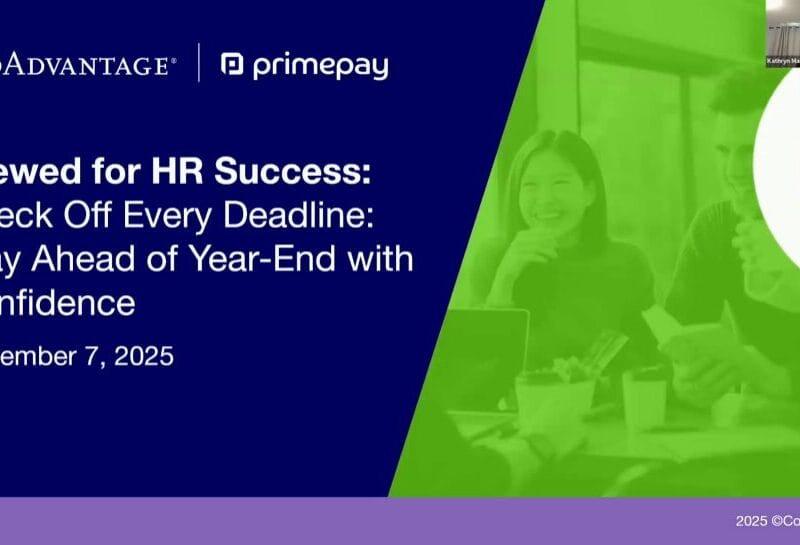No matter how long you’ve been in HR, you’ve probably heard of the Family and Medical Leave Act (FMLA).
As a refresher, the FMLA guarantees eligible employees the ability to take unpaid family or medical leave for up to 12 weeks every 12 months.
The key is in how the employer designates the 12-month period for an FMLA year.
FMLA allows employers to choose one of the following four methods. Each of these determine the 12-month period that eligible employees may take up to 12 weeks of qualifying leave.
Noting the financial burden of an unpaid leave, some states have paid family leave which employers need to adhere to.
4 ways to determine qualifying FMLA leave
An employee’s 12-week FMLA leave can be calculated using the calendar year, any fixed 12-month year, the first day of FMLA leave or a rolling period.
- Calendar year.
- Any fixed 12-month leave year, such as a fiscal year or a year starting on an employee’s anniversary date.
- The 12-month period measured forward from the date any employee’s first FMLA leave begins.
- A rolling 12-month period measured backward from the date an employee uses any FMLA leave.
We will cover each of these FMLA options below in more detail below.
Calendar year
This is a standard year with the period starting January 1st and ending December 31st.
Fixed 12-month date calculation
This would entitle an employee up to 12 weeks of FMLA leave at any time in a fixed 12-month period.
An employee could potentially take 12 weeks of leave at the end of the year and 12 weeks at the beginning of the following year.
First day of FMLA leave calculation
In this option the employee would be entitled to 12 weeks of leave during the year beginning on the first date FMLA leave is taken. The next 12-month period would begin the first time FMLA leave is taken after completion of any previous 12-month period.
As an example, if the employee begins FMLA leave on June 1, 2019, then the next 12-week period would begin again on June 1, 2020.
FMLA rolling 12-month period calculation
The last option may be the most complex method you to calculate FMLA periods.
Under the rolling 12-month method, each time an employee takes FMLA leave, their remaining leave balance is calculated by looking back at the past 12 months. Any FMLA leave already used within that period is subtracted from the 12-week entitlement.
Let’s break this down using an example.
If an employee has taken eight weeks of leave during the past 12 months, an additional four weeks of leave could be taken.
If an employee used four weeks beginning Feb. 1, 2019, four weeks beginning June 1, 2019, and four weeks beginning Dec. 1, 2019, the employee would not be entitled to any additional leave until Feb. 1, 2020.
However, beginning on Feb. 1, 2020, the employee would again be eligible to take the full 12-week FMLA leave.
If you do use the rolling 12-month period, you may need to calculate whether the employee is entitled to take FMLA leave each time that leave is requested. Employees taking FMLA leave on such a basis may fall in and out of FMLA protection based on their FMLA usage in the prior 12 months.
FMLA resets will depend on the method used above.
How to outline and communicate your FMLA policy.
It is recommended that you designate how the FMLA leave will be calculated and ensure that the method is carefully explained in your employee handbook or company policy manual. Both large and small employers are required to have FMLA for employees.
Once selected, the preferred calculation method should be applied consistently and uniformly to all employees.
If you need to change to another alternative, it is required that you give at least 60-days’ notice to all employees. If you transition to a new type of period, employees must retain the full benefit of 12 weeks of leave under whichever method affords the greatest benefit to the employee.










